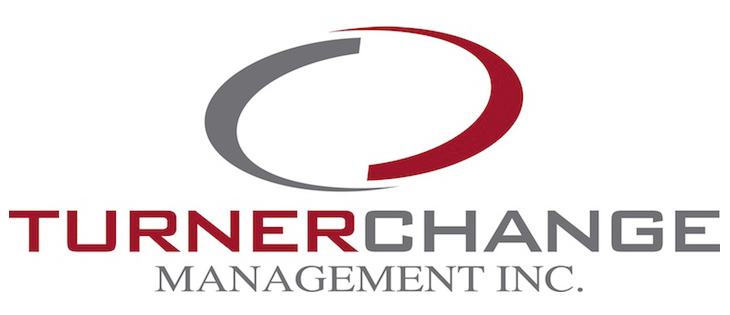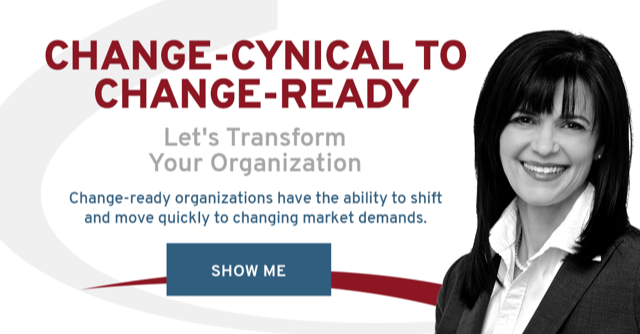Communication is a big topic that comes up both when I teach a course and with my clients. It’s such a big topic that I dedicate two sections of my Certificate in Change Management course to creating a foundation for communication that enables change. One of the questions I ask participants is, what’s the point of communicating during change?
People tend to state two reasons.
- To give people information about the change initiative
- To decrease the employees’ anxiety and uncertainty about the change.
Although those two reasons make sense, that shouldn’t be the purpose of your communication during change.
I know it sounds counterintuitive. It’s not that providing information and reducing anxiety is not vital to your change efforts; they are.
When you give information that aims to reduce anxiety, you raise the risk of creating the environment you are actively trying to avoid. Communication becomes less helpful while people’s sense of uncertainty and anxiety increases.
Why?
Because while you might think you’re communicating, you’re not. You are usually just passively providing information that you think will be helpful. And the information is generally given from your perspective as the leader. Communicating passively and from a leader’s perspective leads to two possible outcomes for the people affected (change recipients).
- People feel overwhelmed with emails and other information but under-informed and unprepared to navigate their transition to the new environment.
- People don’t have enough information to navigate the change process and attempt to fill the void with rumour and speculation.
Regardless of the outcomes, the effect is the same for the change recipients, increased anxiety, uncertainty, and a propensity toward maintaining the current state. Either outcome can cause leaders to respond with frustration. Fearing their change initiative is stalling out and believing the change recipients are resistant, they push harder. Creating the anxiety and uncertainty,y they were trying to avoid.
Setting and aligning the purpose of communication during change with helping the change recipients build their readiness to navigate the transition alleviates the problem.
Purpose of Communication During Change
During change, the primary purpose of communication is to prepare and help people navigate through the transition or Whitespace. The Whitespace is the space between where we are when the decision to change is made and where we need to be to achieve the intended outcome.
When you set the purpose of communication on helping people navigate their transition, three things can happen.
- You recognize that communication is more than the information you give through your formal communication channels.
You are communicating with what you say, what you don’t say, what you do and don’t do. All your actions, even those before you officially launch the change initiative, influence what happens after you announce the change. The formal communication, the informal stories shared among employees, and the background conversations can all become a path to guide and support people through the transition.
- You ask different questions.
Instead of asking, what information do we give them? You ask; what is needed from the change recipient’s perspective to help them navigate the transition given their level of readiness at this point in their journey.
- You adopt a change-recipient centric, readiness-based approach.
The Advantage of a Change-Recipient Centric Readiness Approach to Communication
The advantage of using a change-recipient centric approach when communicating during change are:
- Anxiety and uncertainty are reduced by default
- People use and rely on accurate information and conversations to create their beliefs about the change event and to make decisions to move toward the new state
- People seek and ask questions about what’s needed to make the transition. They feel heard and valued
- Leaders experience less frustration and prevent “resistance”
The Certificate of Change Management Course is grounded in the change-recipient-centric readiness-based approach. We share ways to communicate that support and guide the process.
Communication is the thread that weaves through every aspect of your organization. During change, your communication has the power to elevate and support your change efforts or send it into a downward spiral of negativity and failure. Redefining the purpose of communication using a change-recipient-centric approach will ensure your conversations and communication support your change efforts.



